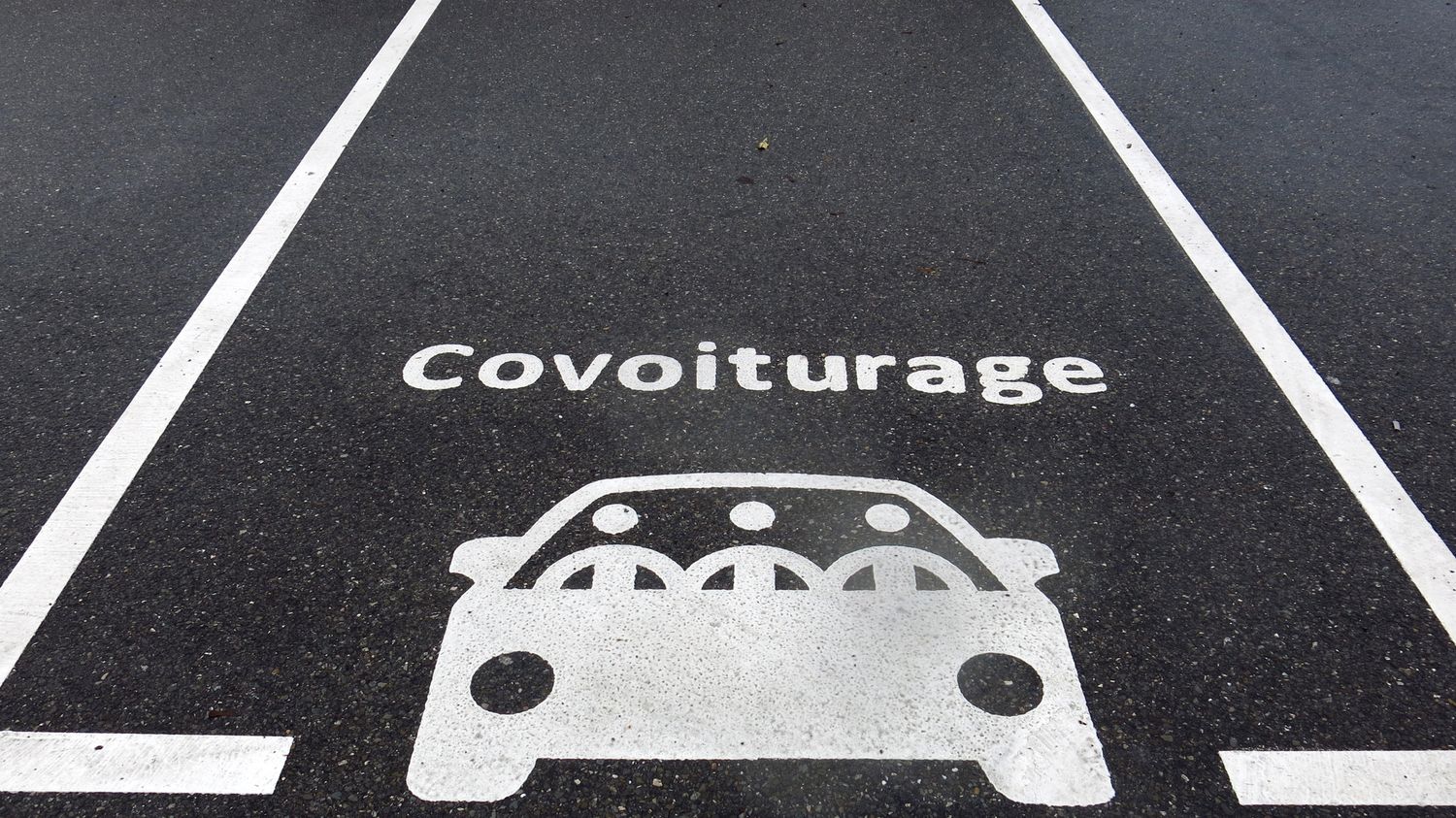At the end of last year, the government launched a plan to encourage us to carpool between home and work. It’s more environmentally friendly, and it’s supposed to be more economical too.
The magazine 60 Million consumers This month devotes a long article to carpooling. As we know, at the end of 2022, the government released 150 million euros to encourage us to carpool between home and work. Journalist Adrian de San Isidoro, section editor, investigated for the magazine.
franceinfo: In general, are the French good students or not? Is it a system that works for us?
Adrian of San Isidoro: Let’s face reality, for now, carpooling is struggling to pass the second. For short journeys, those that interest us in the context of home-work journeys, carpooling remains marginal, since only 3% of French drivers practice it on a daily basis. This represents, roughly speaking, 900,000 trips per day. And to triple this number, the state has implemented a series of measures.
The government has released 150 million euros to finance this carpooling plan, how does that translate?
The plan is broken down into three parts. And one of them directly benefits new drivers. This is a bonus of €100, paid in two stages: once after the first trip and the rest on the 10th trip, if it is made three months at the latest, after the first trip.
And in practice, what happens if I am ready to share my vehicle with other passengers? Do you have to register on a carpooling platform?
Absolutely. To receive the bonus, you must register on a platform authorized to offer it. This is the case for the BlablaCar Daily, Citygo, Ecov, Karos, Klaxit and even Mobicoop sites. Please note, depending on the platform used, it may happen that the bonus is paid in the form of vouchers to be spent in major stores. This is the case of the Klaxit site. Vouchers that are less interesting than money, directly credited to their bank account.
In your trial, you tested several platforms, 6 in total. Do they all work the same way?
Most work on the same model. On the driver’s side, once you are registered, you propose a trip by setting a point of departure and arrival, as well as a price requested per passenger. The driver can then accept or refuse the various passenger requests he receives.
On the passenger side, after registration, we search for the desired route, then we select the driver, depending on the price asked, the starting point and the journey time. Hoping that our carpooling request will be accepted by the driver, who remains the sole master on board.
What are the things to consider before registering? What should be checked?
Some platforms have special features to consider. For example, Citygo offers a carpooling option between women. Klaxit, for its part, sends a taxi or a VTC in the event of cancellation by the driver. And Mobicoop is a cooperative whose users can become members, if they wish. Note that Blablacar daily and Citygo may apply penalties in the event of passenger cancellation at the last moment.
And for passengers? Can they also benefit from help?
No way ! The €100 bonus is only awarded to new drivers. Clearly, if you have already made trips via one of the platforms eligible for the bonus, no aid will be granted.
All this is done with the participation of communities too, they too benefit from a boost from the government?
Indeed: local authorities benefit from aid, which aims to accelerate the policy of attractive tariffs for users. By going through the carpooling sites of these communities, passengers benefit from a very low price, or even pay nothing at all, in some cases. And, it should be noted, drivers are obviously paid for each trip made.
Who says shared car, says carpooling area, we see more and more of them in cities. Who manages them?
Depending on the location of the area, it may be managed by the municipality, the department or even by a private company. The main interest of these spaces, often located at a distance from the city centre, is to avoid the congestion of urban centers. Position that facilitates the meeting between drivers and passengers
And again, everything goes through the applications? Shall we report and make an appointment?
Yes, it is always the driver who determines the meeting point on the application. Except when you take a carpool line, which works exactly like a bus line. In this case, the passenger must simply stand next to a stop on the line, indicated in the application. Then signal yourself and indicate your destination.
But in terms of regulations, the price of trips, how does it work?
In general, still on the passenger side, the price to pay varies between 6 and 10 euro cents per kilometer. Attention, beyond 60 euro cents per kilometer, the legal maximum, the driver may be subject to legal proceedings, the profits made in the context of carpooling being strictly prohibited.
We’re talking about carpooling between home and work, that’s one thing, are there any grants for long-distance carpooling?
Yes, a bonus of 100 euros, paid in two instalments, also exists for long-distance journeys. To reach them, you must have made 3 trips of more than 80 km over a period of 3 months.
What advice would you give to passengers and drivers tempted by carpooling?
I do have a little advice for passengers. It may happen that false profiles of carpoolers are rampant on certain applications. Distrust, if a driver asks to pay, via a link he sends you. It may be a link to a platform designed to suck your bank details. Data that can be used immediately to debit your bank account. The best way to avoid this kind of mishap is to always book and pay directly, on the site or on the application, which are supposed to be secure.
